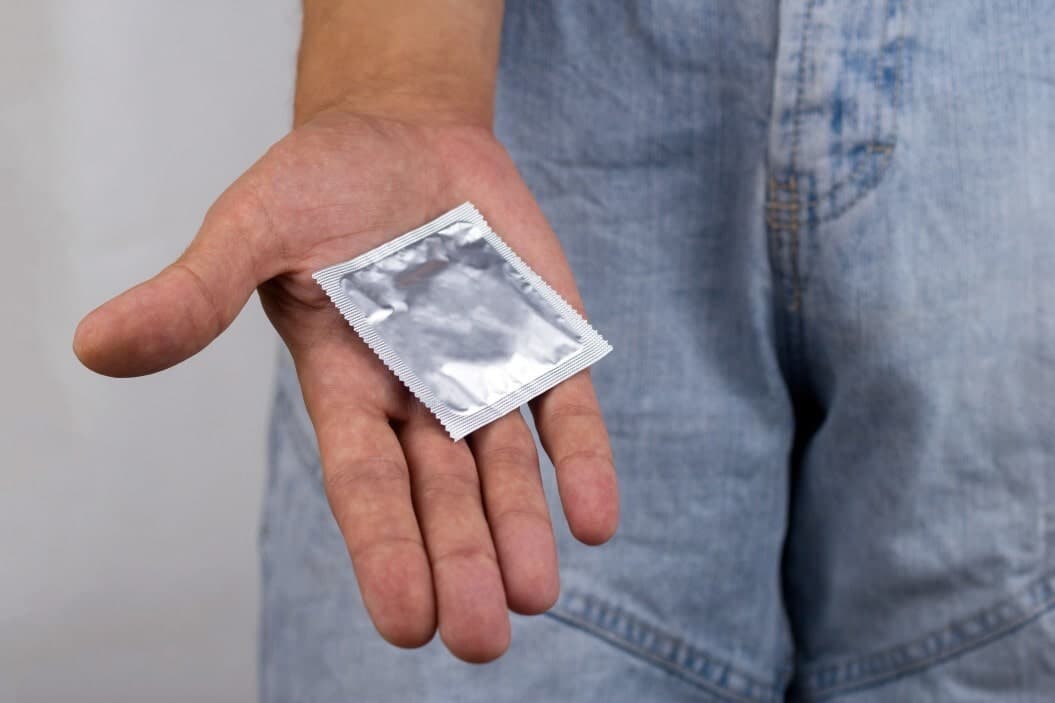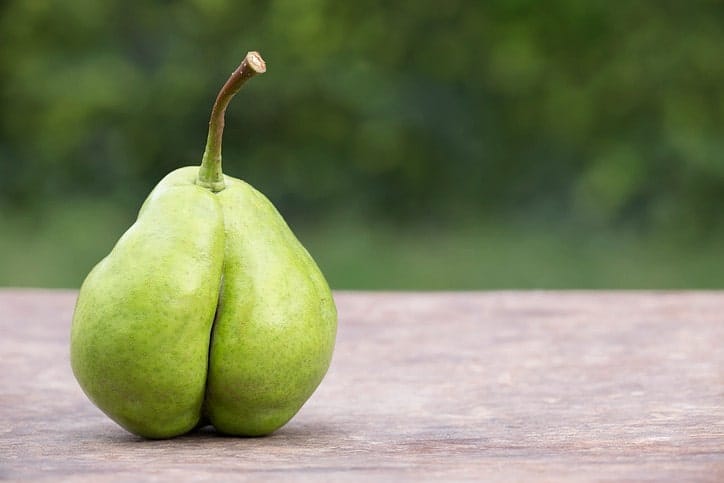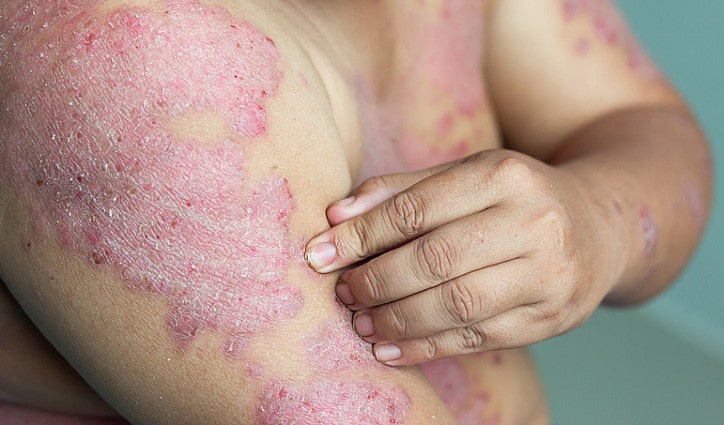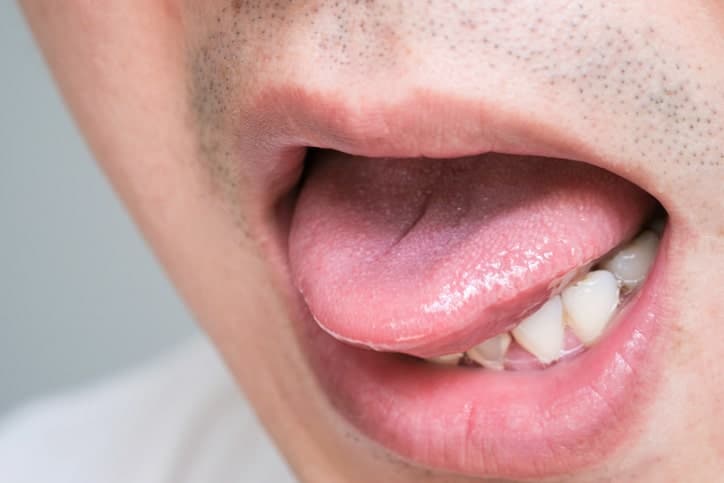It’s 2021, the cleanliness of your twigs and berries matter.
When it comes to grooming, most people only focus on their faces and think the job is done. But what about your genital area? If your groin grooming is merely a swipe of soap and a wet cloth, it is high time you step up your game and give your junk some R&R too. Keeping the area below clean is not only vital for your own health, but also for your partner since good hygiene can make your sexual life much more pleasant for you and your partner.
The importance of good sanitary health
Your groin and penile regions are areas that are usually warm, moist, and dark - conditions ideal for breeding germs and other pathogens. The presence of bacteria and pathogens in this area of your body can not only lead to skin infections, bad smells, skin breakdowns, but serious health conditions as well.
Some of these infections can include yeast infection and balanitis, just to name a few. While doctors all agree that these conditions aren't necessarily only caused by poor hygiene, taking good care of your groin area, in general, may help prevent their occurrence.
Giving your twig and berries a proper daily groom may also help you monitor them for any abnormal changes and identify issues such as STI and genital warts. Also, examining your testes for lumps is crucial, bearing in mind that testicular cancer is one of the most common cancers among young males in Singapore!
What causes balanitis in adults?
Balanitis is simply the inflammation of the glans penis and is a prevalent condition that affects between 3-11% of males during their lifetime. This condition can affect any man at any age. It is worth noting that balanitis involving your foreskin as well as the prepuce is known as balanoposthitis. As you may have guessed, balanoposthitis only affects those who are not circumcised.
Young boys under the age of 4 and uncircumcised men are at the highest risk of contracting balanitis, even though it can occur at any age. The condition is more likely to affect those with phimosis, a condition where the foreskin is somewhat too rigid or tight. At the age of 5 and above, the foreskin of most males become relatively easier to retract, and this significantly reduces your risk of balanitis.
Studies also show that some sleeping pills, laxatives as well as antibiotics can also potentially cause balanitis as a side effect. Other potential causes of balanitis include;
- Reactive arthritis
- Uncontrolled diabetes
- Sexually transmitted infections such as gonorrhea, trichomonas, and syphilis
Please note that women can also have balanitis; in women, balanitis is used to describe the inflammation of the clitoris. However, today, we are going to only focus on the glans of the penis.

Is balanitis a STD?
Balanitis is NOT a sexually transmitted infection, which means that it is not transmissible from one person to another. However, the transfer of the organisms that cause balanitis is very much likely.
As earlier explained, balanitis is mainly caused by infections, chronic conditions as well as improper hygiene, which can lead to skin irritation and an overgrowth of yeast or bacteria. Your foreskin is the perfect place for yeast and bacteria to thrive - so please ensure proper hygiene not just for your partner but health reasons too!
But this doesn’t mean you should excessively clean your penis; inadequate cleansing or excessive cleansing can aggravate your symptoms. Also be mindful about the soap you use and the way you wash your penis. In general, avoid:
- Using bar soap that dries out the skin
- Using scented soaps to clean your penis
- Leaving soap on your penis after showering
Types of balanitis
There are three main types of balanitis, including:
Circinate balanitis
Usually occurs as a result of reactive arthritis.
Zoon's balanitis
This is the inflammation of the head of your penis together with the foreskin. Usually affects middle-aged to fairly older males who aren't circumcised.
Pseudoepitheliomatous keratotic and micaceous balanitis
This is usually characterized by scaly and wart-like lesions on the head of the victim's penis.
What does balanitis look like?
If you have balanitis, you might experience a range of symptoms such as;
- Redness
- Swelling
- Pain
- Itching
- White shiny skin on your penis
- Sores on your penis
- Bleeding around your foreskin
- Trouble pulling back your foreskin
- An unpleasant odor
Can balanitis cure itself?
Because most symptoms of balanitis closely resemble those of other health conditions such as penile cancer and sexually transmitted infections, a successful diagnosis of the disease is crucial for successful treatment.
The good news is that balanitis is easily curable using a variety of treatment options which include;
- Antifungal creams
- Antibiotics
- Improved hygiene
- Diabetes management
- Circumcision
A significant number of balanitis patients recover quickly with effective treatment. However, for uncircumcised men, it is quite common for balanitis to recur even after treatment. Your risk further increases when you don't practice proper hygiene, such as cleaning under your foreskin.
It is important to note that untreated or poorly managed balanitis can potentially result in other complications, such as balanitis xerotica obliterans (BXO), which occurs when the skin of the glans turns white and hardens. The hardened tissue can make it quite difficult for urine and semen to flow through the urethra. Untreated balanitis can also lead to phimosis, which refers to the scarring on the penis, which can cause your foreskin to become constricted. The affected foreskin can become excessively tight such that it won't easily pull back over the glans.
The bottom line
While not always a serious condition, balanitis can cause lots of discomfort and pain if left untreated. Preventing balanitis starts with practising good hygiene, and this means bathing regularly. After bathing, always spare some time to pull back your foreskin and clean underneath.
Most importantly, always use protection when having intercourse to avoid contracting a sexually transmitted infection that can increase your risk of balanitis.
References
- Wray, A. A., Velasquez, J., & Khetarpal, S. (2021). Balanitis. In StatPearls. StatPearls Publishing.
- Neuhaus, I. M., & Skidmore, R. A. (1999). Balanitis xerotica obliterans and its differential diagnosis. The Journal of the American Board of Family Practice, 12(6), 473–476. https://doi.org/10.3122/jabfm.12.6.473
This article was written and medically reviewed by Dr Ben, M.D on 08/10/21




























